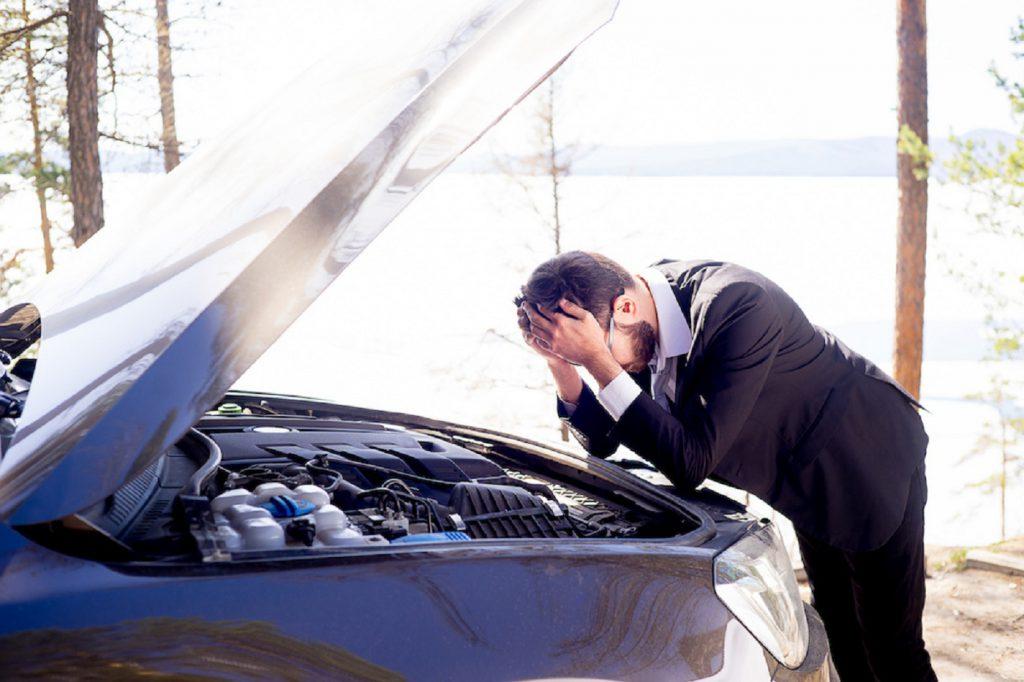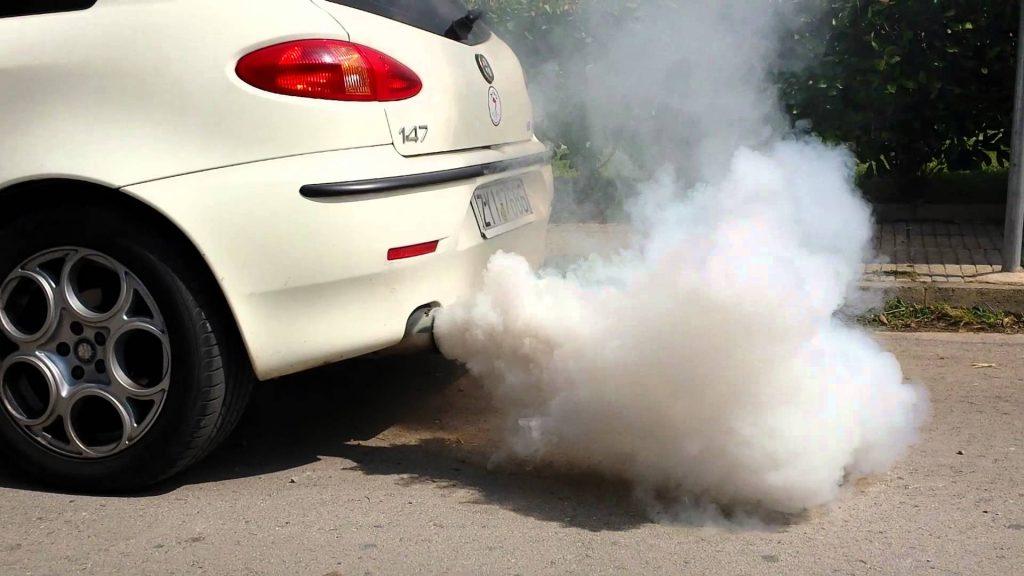If you wish to maintain the smooth operation of your car down the road, keeping up with the antifreeze levels is essential. If there is no antifreeze, there would be no use in having a vehicle. It is said, “Small things come in big packages.” The same goes for the coolant, which may look unessential but can stop your car from working. Read on, and know what happens when your car runs out of coolant.
Contents
What Happens When Your Car Runs Out Of Coolant? The 3 Common Effects
The coolant or what you may call antifreeze is a liquid that regulates engine’s temperature. The role of antifreeze is crucial, and so its absence could bring in disasters. Sometimes you may tend to ignore the low coolant light signal and probably oversee the consequences. What are they? Let’s explore this in detail for your better understanding.
1. Engine cut-off
Coolant is present to lower the highly heated components of the engine. If there were no coolant, the engine parts would heat up but would never cool down. This, in turn, would result in engine failure and deterioration of its corresponding parts. When the engine fails, the heart of the car fails; thus your car loses its essence of existence.
Today, with the advent of newer technologies and modern cars, things have changed for good. Whenever the coolant level lowers down, the engine cuts off automatically. It is a sign that indicates the need for refilling the coolant. In simple words, you won’t be able to drive further until and unless you provide the right dose of coolant to the system. This is the worst what happens when your car runs out of coolant.

Read more:
- Potential Results of Over-Filled Coolant Reservoir
- The Consequences of Low Coolant Light Fluctuations
2. Malfunctioning of car’s heater
The car’s heater utilizes the residual heat that the coolant absorbs from the engine. It is quite evident that when there is no coolant, the heater would not get the dose of heat it requires to operate. In such circumstances, the heater would not blow hot air at all, or it would blow hot air constantly.
It would be an extreme case that you wouldn’t be able to handle. Driving in winter would be a task you won’t be able to enjoy thoroughly. While you may be wondering what is wrong, checking the coolant levels would come in handy here. You could also check maintenance tips for symptoms of low coolant levels.
3. Mediocre fuel economy
The advantage of an engine operating at the right temperature points at its fuel economy. This is one essential factor that every car owner needs to look after as fuel prices are on the rise. In case, you witness a plunge in the MPG reading; it would be appropriate to check the coolant levels.

When coolant level runs low, the engine will not lose its “over-heated” status, and that, in turn, leads to inefficient fuel burning. Once that happens, the emissions that would exit from the exhaust would also increase exponentially. This would further deteriorate your carbon footprint; an essential parameter to upkeep the environmental needs.
Learn to know how long your car will run without coolant:
As per automotive technical experts, the cooling water operates within a closed circulation system, making it challenging to lose. Normally, during the initial 2 – 3 years of usage, a minor amount of cooling water may be lost. If the car owner observes a rapid loss of coolant, it is advisable to have the vehicle inspected and repaired.
Coolant leaks and losses can occur due to damaged pipes, and punctures. However, detecting coolant leakage can be challenging for car owners as these areas are often positioned deep within the engine compartment.
Expert Advice
To make sure the coolant always works in good condition, you should follow these tips below:
Regularly check the coolant level
Before each journey, the driver should turn on the hood and check the coolant level in the auxiliary tank. Make sure that the coolant is always maintained at a safe level (between the Max and Min lines). If the coolant level is below the Min line, add it immediately.
Observe the temperature gauge
While driving, occasionally pay attention to the coolant temperature gauge. If the temperature needle points to the Hot level, immediately stop the car, open the hood to let the car cool down, and check to see if there are any problems.
Do not open the coolant tank cap when the engine is running. In case you have to stop the vehicle because the temperature gauge is too high or the vehicle has some problem, do not open the coolant tank to check the water level immediately because of the coolant. While it is boiling, the high pressure in the tank can cause water to splash out strongly onto the face and limbs, causing burns.
You should use specialized coolant
To keep the engine durable, you should use specialized coolant. This type of coolant helps conduct heat quickly and does not accumulate residue. At the same time, specialized water has an easily recognizable color, so checking for coolant leaks visually is easier.
Wrapping Up
Looking at what happens when your car runs out of coolant, you would know the importance of maintaining it. Never overlook the small symptoms, as they can lead to irreparable disasters that could cost you a fortune.



